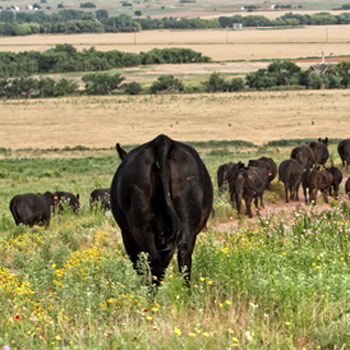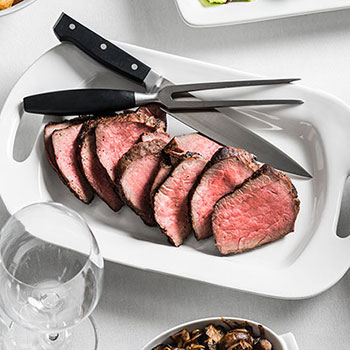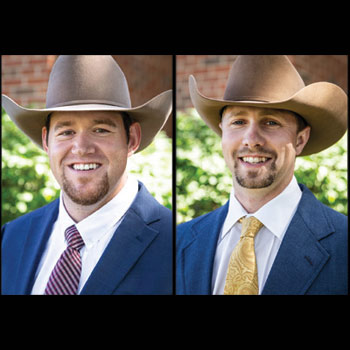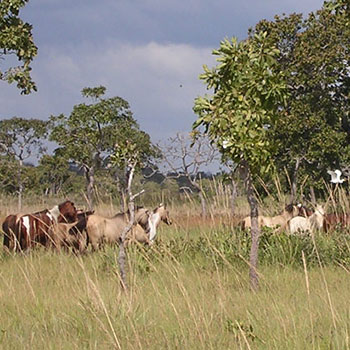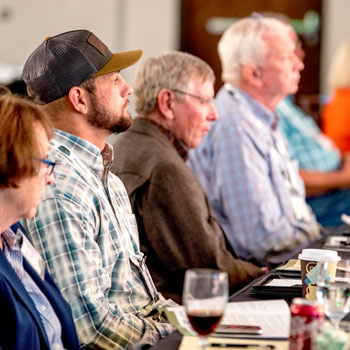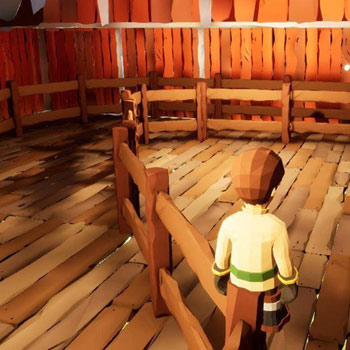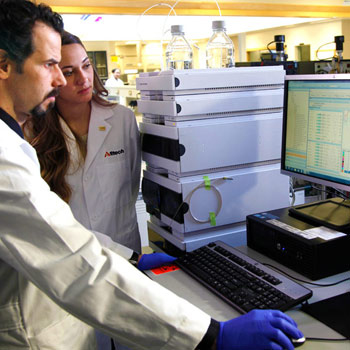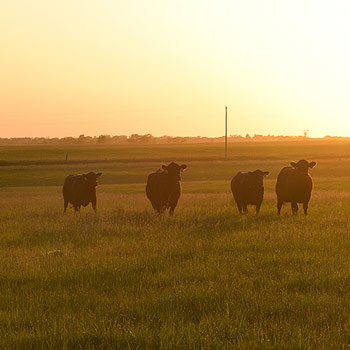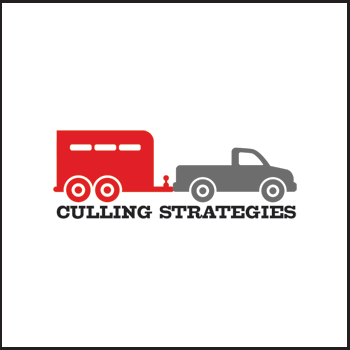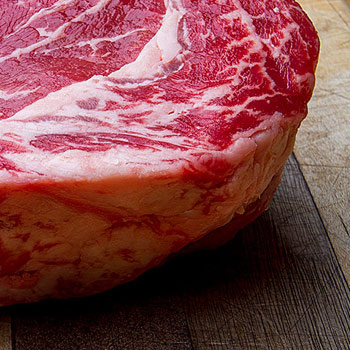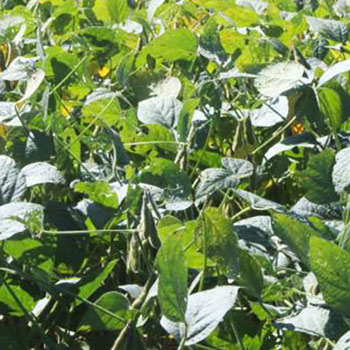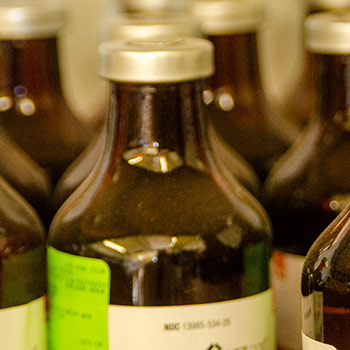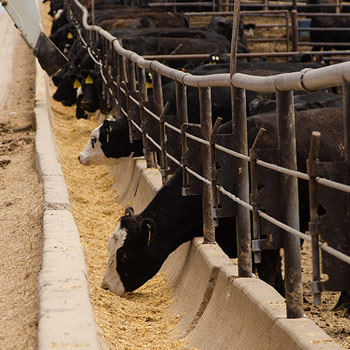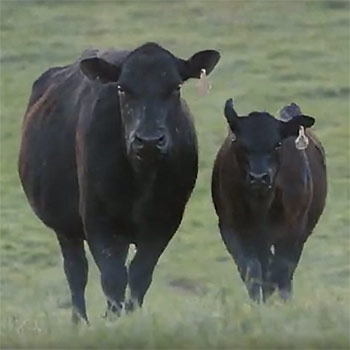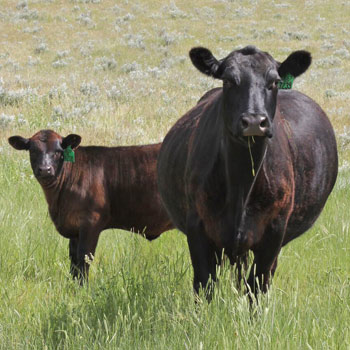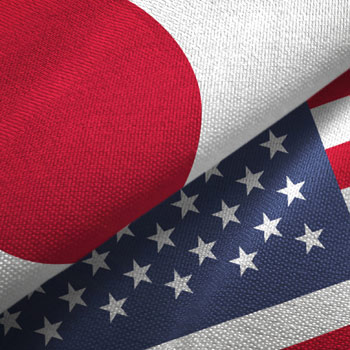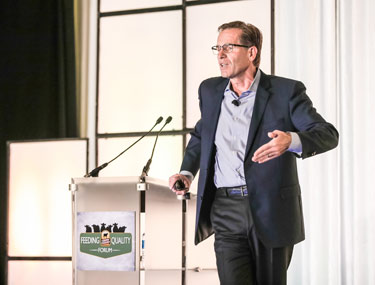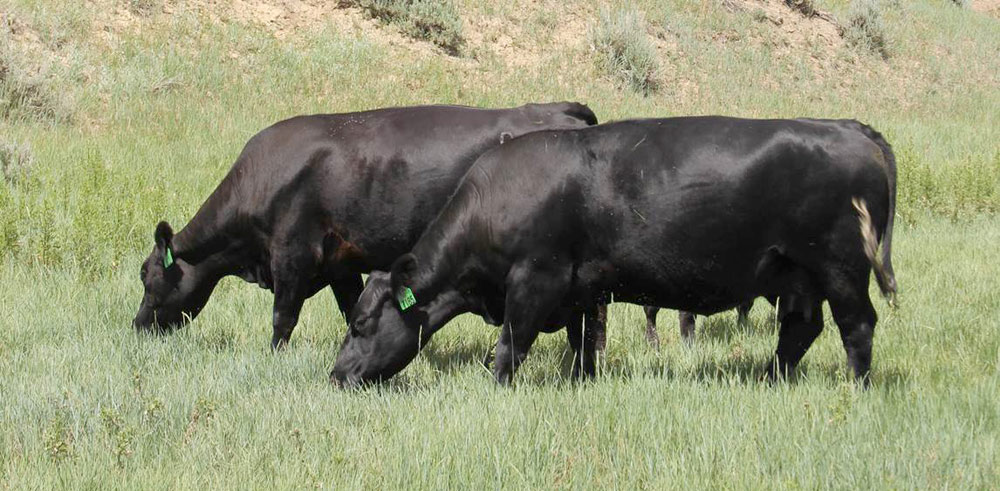
Marketing Decisions Postweaning
Factors to consider when making culling decisions.

When culling cows, it is important to have a plan, and this should include pregnancy testing and closely evaluating every cow. Neal and Amanda Sorenson of Powder River Angus are fifth-generation ranchers, raising registered Angus near Spotted Horse, Wyo. Extensive culling is an important part of their breeding program.
“The first criteria on whether we keep or cull a cow is whether or not she has a calf. Open cows are culled, but if they lose their calf we sell them also,” Neal says. “When we calve, we tag and weigh each calf at birth, and this is a good time to look closely at each cow and give her a foot score, udder score and disposition score.”
This is the best time to udder score because their udder is full, and it’s easy to see if a calf would have a problem suckling. As you tag and weigh the calf, the cow is right there so you can see her feet and udder.
Another factor the Sorensons consider is how much calf a cow weans. They also want a short calving season, so if the cow is not bred in their preferred time window, they sell her, he says.
“We sell some young cows because they are calving later or have less production than we want, or less-than-desirable feet or udder scores. Disposition is an important factor. If a cow is nasty to handle, she will be sold,” he says.
When ranchers are trying to build numbers, culling is usually less stringent. They are not as fussy about culling every cow that might have a problem. After your herd reaches desired numbers, you can be more selective on udder, disposition, foot and leg structure, etc., to try to improve the herd, he adds.
“We are fully stocked and want to keep a static number of cows, but we keep almost all our heifers and breed them, and let them sort themselves. Fertility, in my mind, is the most important thing when selecting heifers, so any that don’t conceive in a short breeding season go to market. We breed early, calve early and preg-check early,” Neal says.
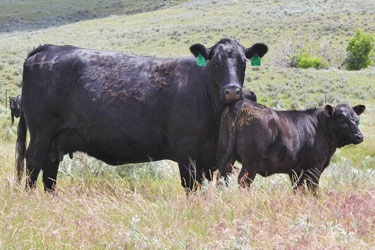 |
| “We sell some young cows because they are calving later or have less production than we want, or less-than-desirable feet or udder scores. Disposition is an important factor. If a cow is nasty to handle, she will be sold,” says Neal Sorenson. |
The yearlings that don’t settle in a short time — one artificial insemination (AI) cycle and one cycle with a cleanup bull — go to market as fat open heifers.
“We put them on feed for a short time so it’s a quick turnaround. To market a calf, it’s a long time till harvest, but on a yearling heifer it’s just 60 to 100 days on feed. We send our steers to a custom feedlot that gives us carcass data. That feedlot hardly ever buys cattle, but buys our yearling open heifers because they do so well. They are efficient on feed, and the feedlot can make money on them. This can be a good market for cull yearling heifers,” he says.
“When we were building our cow herd, we had to keep more of them. There are times you just have to cull hard, however, such as in a drought. If you don’t have enough feed for the herd, you have to sell some cows,” he says. “Culling hard, out of necessity, can be the silver lining on a really bad situation.”
In that situation, you cull a lot deeper and end up with a better herd. You are building back from the best cows in your herd.
Editor’s note: Heather Smith Thomas is a cattlewoman and freelance writer from Salmon, Idaho. Photos courtesy Powder River Angus.
